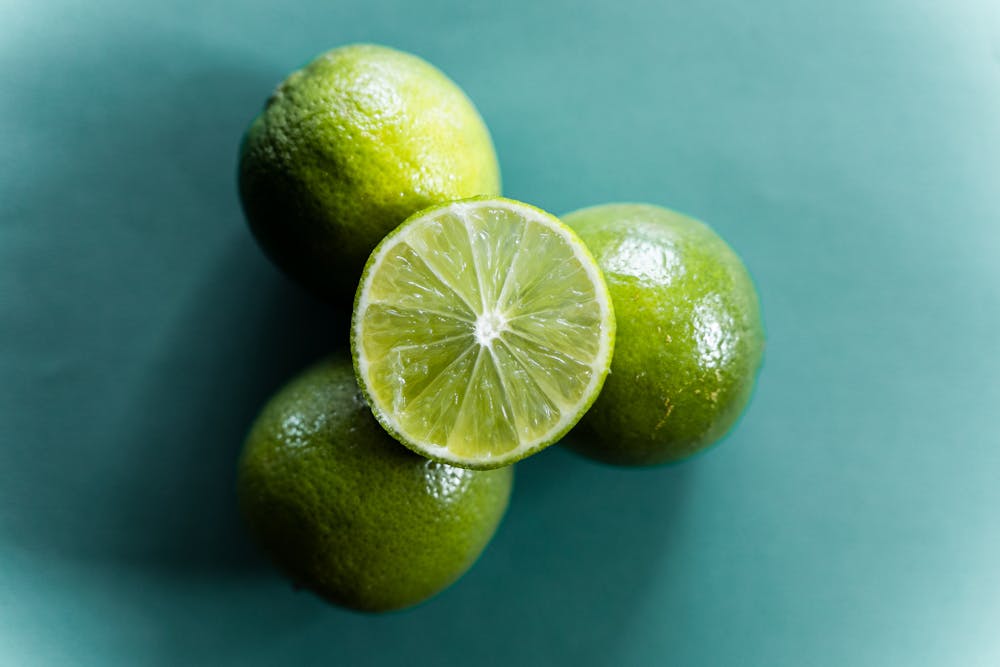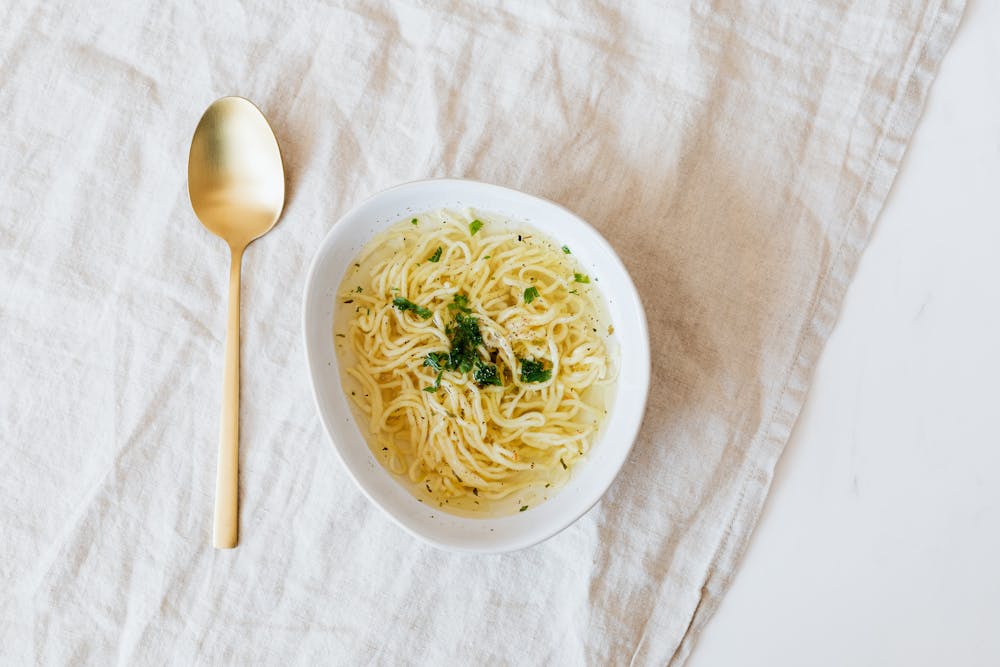Building a balanced plate is the cornerstone of my approach to healthy eating. By focusing on proportions and portion sizes that support overall health, I’ve been able to nourish my body with the nutrients it needs while enjoying a diverse and satisfying diet. Here’s how I achieve balance on my plate:
 **1. Fill Half with Fruits and Vegetables:**
**1. Fill Half with Fruits and Vegetables:**
I aim to fill half of my plate with colorful fruits and vegetables. These nutrient-rich foods are packed with vitamins, minerals, antioxidants, and fiber, all of which are essential for optimal health. I incorporate a variety of fruits and vegetables into my meals to ensure a wide range of nutrients and flavors.
 **2. Allocate a Quarter to Lean Proteins:**
**2. Allocate a Quarter to Lean Proteins:**
A quarter of my plate is dedicated to lean proteins such as poultry, fish, tofu, tempeh, beans, lentils, and legumes. These protein sources provide essential amino acids for muscle repair and growth, as well as satiety to keep me feeling full and satisfied between meals.
 **3. Reserve Another Quarter for Whole Grains:**
**3. Reserve Another Quarter for Whole Grains:**
Another quarter of my plate is reserved for whole grains like brown rice, quinoa, barley, farro, whole wheat pasta, and oats. Whole grains are rich in fiber, vitamins, and minerals, and provide sustained energy throughout the day. I prioritize whole grains over refined grains to maximize nutritional benefits and support digestive health.
 **4. Incorporate Healthy Fats:**
**4. Incorporate Healthy Fats:**
I include healthy fats in moderation to round out my balanced plate. Sources of healthy fats include avocados, nuts, seeds, olive oil, fatty fish like salmon and trout, and nut butters. Healthy fats are essential for brain function, hormone production, and absorption of fat-soluble vitamins.
 **5. Mindful Portion Control:**
**5. Mindful Portion Control:**
While proportions are important, portion control is equally crucial for maintaining a balanced plate. I pay attention to portion sizes to avoid overeating and to ensure that I’m consuming the right amount of calories for my body’s needs. Using visual cues and measuring tools helps me maintain portion sizes that support my health goals.
 **6. Hydrate with Water:**
**6. Hydrate with Water:**
Alongside my balanced plate, I prioritize hydration by drinking plenty of water throughout the day. Water is essential for digestion, nutrient absorption, temperature regulation, and overall cellular function. I aim to drink at least eight glasses of water daily and adjust my intake based on activity level and environmental factors.
 **7. Listen to My Body:**
**7. Listen to My Body:**
Above all, I listen to my body’s hunger and fullness cues to guide my eating habits. I eat when I’m hungry and stop when I’m satisfied, rather than relying solely on external cues like portion sizes or meal times. This intuitive approach to eating helps me maintain a healthy relationship with food and honors my body’s natural signals.
 In conclusion, building a balanced plate is about more than just what’s on my plate—it’s about nourishing my body and supporting my overall health and well-being. By filling half my plate with fruits and vegetables, allocating a quarter to lean proteins and whole grains, incorporating healthy fats, practicing mindful portion control, hydrating with water, and listening to my body, I’ve found a sustainable approach to eating that fuels me with vitality and energy every day.
In conclusion, building a balanced plate is about more than just what’s on my plate—it’s about nourishing my body and supporting my overall health and well-being. By filling half my plate with fruits and vegetables, allocating a quarter to lean proteins and whole grains, incorporating healthy fats, practicing mindful portion control, hydrating with water, and listening to my body, I’ve found a sustainable approach to eating that fuels me with vitality and energy every day.
